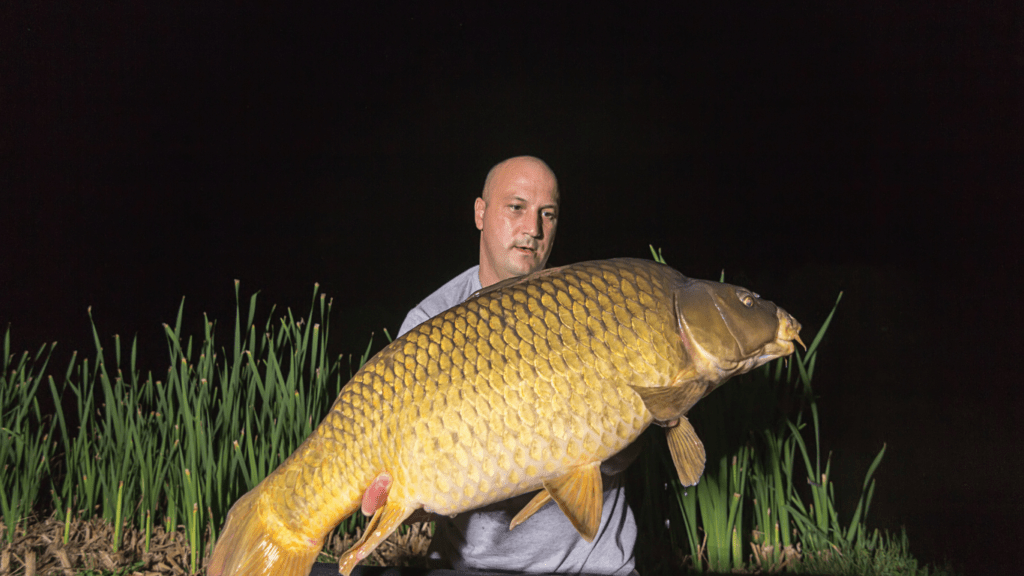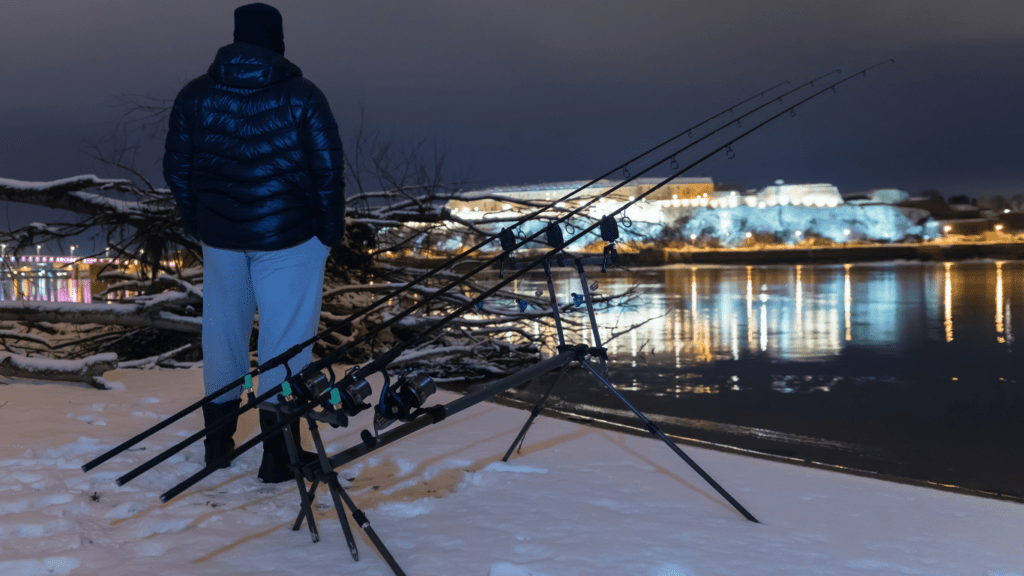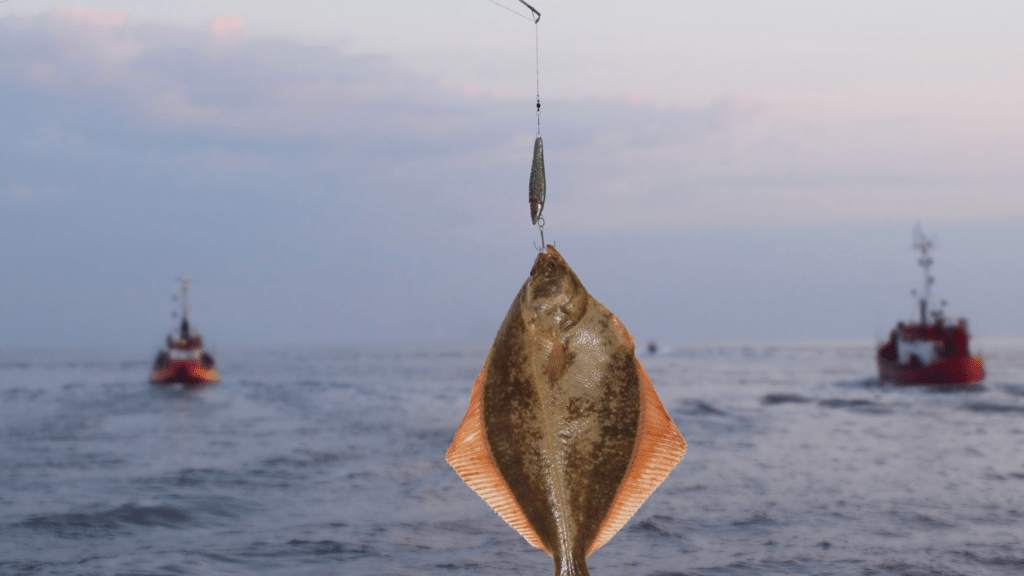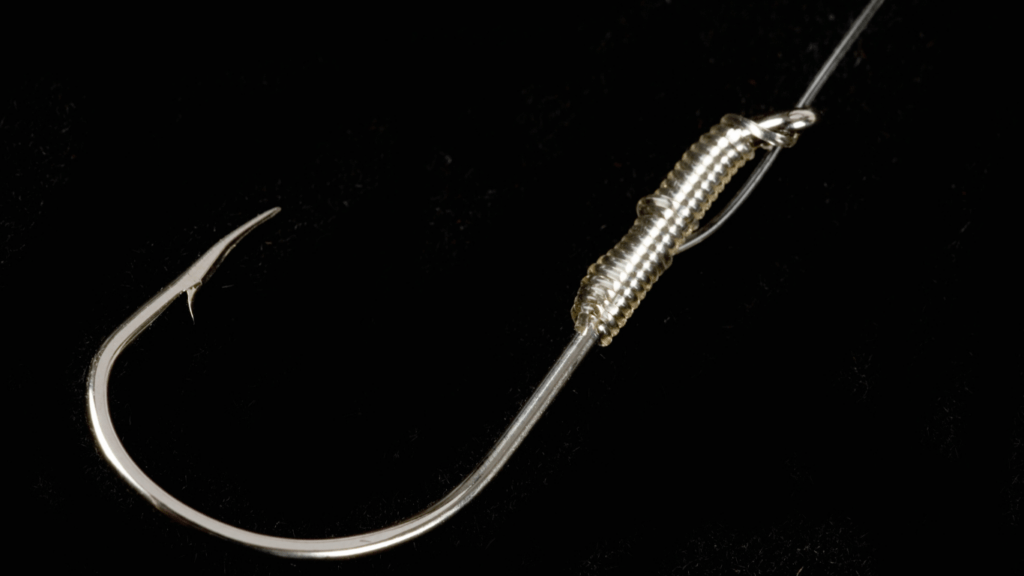There’s something magical about fishing under the stars. The calm waters, the quiet hum of the night, and the thrill of landing a big catch make night fishing an unforgettable experience. But it’s not just about luck—success after sunset requires the right skills, gear, and strategies.
Why Night Fishing Is So Effective
Fish exhibit more predictable behavior at night, driven by cooler temperatures and reduced human activity. Many predatory species, like catfish and bass, become more active after dark, hunting with heightened aggression. This behavior improves the likelihood of hooking larger, more elusive catches during nighttime outings.
Light sources, such as the moon or artificial illumination, attract smaller prey like insects and baitfish. This natural concentration of food draws larger fish to these areas, creating hotspots for anglers. I’ve often targeted these illuminated zones to increase my success rate.
Reduced competition enhances opportunities for anglers after sunset. Fewer boats and distractions allow fish to roam unbothered. It also creates a quieter, less pressured environment, which appeals to nocturnal feeders.
Cooler waters in hotter months further amplify fish activity at night. Fish seek comfort in lower temperatures, feeding more actively under these conditions. Maximizing these feeding windows provides a strategic advantage in landing big catches.
Essential Gear For Night Fishing
Having the right gear is critical when fishing at night. Properly chosen equipment can improve visibility, accuracy, and chances of landing bigger catches after dark.
Rods And Reels For Low-Light Conditions
Using rods and reels designed for low-light conditions ensures precision in the dark. I prefer rods with reflective tips or glow-in-the-dark features, as they make it easier to detect bites. Spinning reels with smooth drag systems are ideal for nighttime, as they perform well during fights with active fish.
Choosing The Right Fishing Line
Selecting the right fishing line enhances sensitivity and visibility at night. Braided lines are durable and transmit vibrations effectively, ensuring better bite detection in darkness. Fluorescent monofilament lines are useful for their high visibility under black light, helping track line movement during retrieval.
Importance Of Artificial Lighting
Artificial lighting plays a major role in night fishing success. Headlamps keep hands free while illuminating the immediate area. LED lanterns provide wide coverage for rigging or baiting. Underwater fishing lights attract plankton and smaller prey, creating an environment that draws larger predatory fish to the spot.
Top Techniques For Night Fishing

Success in night fishing depends on employing effective techniques tailored to low-light conditions. By refining strategies, anglers can maximize their chances of landing large catches.
Using Lures That Attract In The Dark
Glow-in-the-dark lures and those with phosphorescent coatings are ideal for night fishing. I prefer using lures that emit subtle vibrations, like spinnerbaits or crankbaits with rattles, as they help fish detect movement in dark waters. Dark-colored lures, such as black or purple, create stronger silhouettes against moonlit or artificially lit water, making them highly visible to nocturnal predators. Pairing these lures with scented attractants improves effectiveness by appealing to a fish’s heightened olfactory senses during nighttime.
Mastering The Art Of Quiet Casting
Minimizing noise ensures fish remain undisturbed in their natural habitats. I focus on casting gently and using gear that reduces splashes when landing baits in the water. Braided lines, which are quieter when pulling through guides, help maintain stealth. Allowing the lure to enter the water softly and avoiding unnecessary boat movement creates a more natural presentation, increasing the likelihood of a bite.
Understanding Fish Behavior At Night
Recognizing nocturnal feeding patterns and habitats is critical for targeting specific species. Many predatory fish, like bass and walleye, move towards shallow water at night to hunt smaller prey. I concentrate on areas near structures, like submerged logs or vegetation, as fish often patrol these zones. Observing changes in water temperature and oxygen levels aids in identifying productive fishing spots, as cooler, oxygen-rich zones attract more active fish.
Best Locations For Night Fishing Success
Securing prime fishing spots at night is crucial for maximizing catches. Certain locations consistently perform better due to fish behavior, environmental conditions, and habitat structures.
Identifying Ideal Fishing Spots
- Target areas with plenty of underwater structures like docks, bridge pilings, or submerged vegetation.
- These environments attract baitfish, which in turn draw predatory fish like bass and walleye.
- Deep channels and drop-offs are also hotspots, as many fish frequent these areas for feeding during darkness.
- Look for areas with artificial light sources, such as lit docks or piers.
- These lights naturally attract plankton, which attracts small fish, creating a chain reaction that brings in larger catches.
- If natural light sources are scarce, focus on locations where rivers or streams feed into larger water bodies, as fish gather here to hunt.
Seasonal Considerations For Night Fishing
Summer offers peak activity for night fishing, as cooler nocturnal conditions drive predatory fish like catfish and trout closer to the surface. During spring, shallow waters near spawning areas perform best due to increased fish movement.
Winter requires shifting strategies to deeper waters where fish tend to congregate in warm underwater layers. In fall, target areas near weed beds and structures, as fish feed aggressively to prepare for colder months. Matching your location to the season ensures higher success rates.
Safety Tips For Night Fishing Adventures
Night fishing introduces unique risks that anglers must address to ensure a safe and successful outing. Proper preparation and the right safety measures are essential for navigating low-light conditions effectively.
Importance Of Navigation Tools
Reliable navigation tools reduce the risk of getting lost or stranded during night fishing trips. I always carry a GPS device or use smartphone apps with offline maps to ensure location tracking, even in areas without cellular coverage. A compass acts as a non-electronic backup. Accurate maps of the fishing area help identify potential hazards like shallow waters, underwater obstructions, or strong currents.
Bright, waterproof flashlights and headlamps are critical for illuminating surroundings and ensuring I can read maps or navigate my boat safely. To avoid draining power sources, I bring extra batteries or rechargeable power banks. In unfamiliar waters, sonar or fish finders provide real-time data on underwater terrain and fish activity, helping to avoid collisions or wasted effort.
Staying Visible And Prepared
Maintaining visibility prevents accidents in dark conditions. I use reflective gear, such as:
- vests
- hats
- gloves
to ensure I’m noticeable to other boaters. Lanterns, boat-mounted navigation lights, or LED strobes are necessary for signaling my position on the water. Using organized storage systems for my gear ensures quick access without rummaging in the dark.
Emergency preparation prevents minor problems from escalating. A fully stocked first-aid kit, fire extinguisher, and whistle are non-negotiable additions to my packing list. I always inform someone I trust about my location and expected return time to ensure assistance if delays or emergencies occur. Portable communication devices, like radios or satellite-based messengers, serve as a lifeline in areas without reliable phone coverage.





